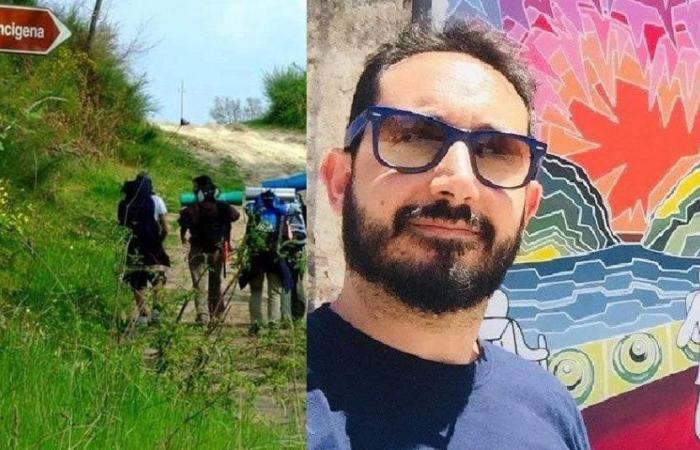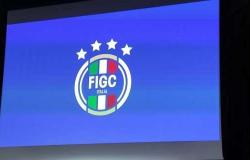Actuality
It’s a discovery. There are hundreds of Sicilian “walkers” who travel the Via Francigena, including that of Mazara del Vallo. It is an ancient road that linked, and still links, Western Europe to Italy. It is a group of routes that originates in the United Kingdom and ends in Rome, crossing Switzerland and France. It is a 1,700 km long route, divided into stages, which can be covered on foot, by bicycle or by car. The starting point is located in England, at the foot of Canterbury Cathedral.
The final point, however, is in Rome at the tomb of St. Peter. The Via Francigena has had and still has a role of vital cultural and economic importance. For many people it is a journey of faith. Many travel along it heading towards the tomb of St. Peter in Rome. It works like the Camino de Santiago and the Holy Land. In fact it is one of the three obligatory pilgrimages for Christians. It later developed into an important trade route. The Vie Francigene of Sicily were studied, recovered and valorised by a group of friends (who formed an association made up of walkers, scholars and researchers) who had in common the scout experience, the passion for the Camino de Santiago and the “Major” Francigena, the desire to walk in Sicily and the desire to rediscover what seven hundred years of history had hidden.
The leader of this study and recovery plan, as well as president of the Amici dei Cammini Francigeni di Sicilia association, is Davide Comunale, researcher and archaeologist, author of “La Magna Via Francigena, Sicily on foot from sea to sea” published by Terre di Half. Davide Comunale underlines the peculiarities that distinguish the Sicilian stretch of the Francigena compared to other Italian regions, and ideally compared to the path that leads to holy destinations such as Jerusalem, Rome or Santiago.
“Many though -he writes – they are the common traits before the differences. They unite us with all the “major paths”.
the style and the autonomous way of being able to enjoy the path, the signage and the modular reception, which then means that everyone must be able to choose where to sleep according to what the area offers and its possibilities. Our streets are a revival of the historical road system that from the Roman world reaches the early medieval age, of Muslims and Normans and continues until the last century with the royal trazzere”.
In essence, these are communication routes that are open and used by all and are not markedly religious. “But to unite all the ancient paths, in Sicily as in Tuscany, in France as in Spain -points out – there are people who travel them, the ultimate goal that pushes them to discover, to leave the security of their own village and their own known world to throw themselves into the unknown of adventure and travel, which has always stimulated the human nature”.
And there is even a Via Francigena that starts from Mazara and goes up towards Marsala and towards the direction for Palermo and is called Via Francigena Mazarense; the Roman road that leads from Mazara to Syracuse, called Via Selinuntina, which connected the most important Greek and later Roman settlements, from Selinunte to Agrigento, the road that from Gela leaves Selinuntina and heads to Maniace, at the foot of Etna and its abbey, called Via Francigena Fabaria. And we could continue. Pilgrims mainly participated between the end of the first millennium and the beginning of the second, a practice that took on growing importance.
A system of more than 900 km of streets that allowed you to walk in areas often far from major tourism but rich in traditions, culture, good food and excellent smiles, where hospitality is guaranteed by affiliated structures or “pilgrim” accommodation provided provision by the Municipalities. Don Pietro Pisciotta from Campobello di Mazara talks about the Via Francigena in Mazara but who for years taught philosophy in the Gian Giacomo Adria high school in Mazara. In the essay published by the Selinuntine Academy, “From the Via Valeria to the Via Francigena”, regarding the Via Francigena of Mazara he writes that this term was introduced by the Normans also in Sicily to define the road system of pilgrims on the island.
The Via Francigena is proposed to us by the author as a study route not so much on its physicality but on the historical research paths that it offers us, such as that of the religious orders of chivalry in Sicily. “But do the Via Francigene still work today?” “Certain – replies Don Pietro – perhaps the route is done by car or caravan but the aim is to reach the destinations, the holy places of Christianity which are Jerusalem, Santiago de Compostela and Rome”.
In the years that passed, the Via Francigena represented the central hub of the great paths of faith. In fact, pilgrims coming from the north followed the Via to head to Rome, and possibly continued along the Via Appia towards the Apulian ports, where they embarked towards the Holy Land. Conversely, Italian pilgrims heading to Santiago followed it northwards, to arrive at Luni, where they embarked towards the French ports, or to continue towards Mont Cenis and then join the Via Tolosana, which led towards Spain.
Incredible but true, the pilgrimage soon became a mass phenomenon, and this exalted the role of the Via Francigena which became a crucial communication channel for the creation of the cultural unity that characterized Europe in the Middle Ages. Precisely in order to crystallize the fleeting traces still present of medieval history linked to these routes, Father Pisciotta conducts a cultural investigation which, through the study of the ancient routes, is carried out towards the search for other stories, to demonstrate or perfect the history of our territory or to reveal new aspects of ancient experience.
(In the photo Davide Comunale and via Francigena in Sicily).
Salvatore Giacalone






